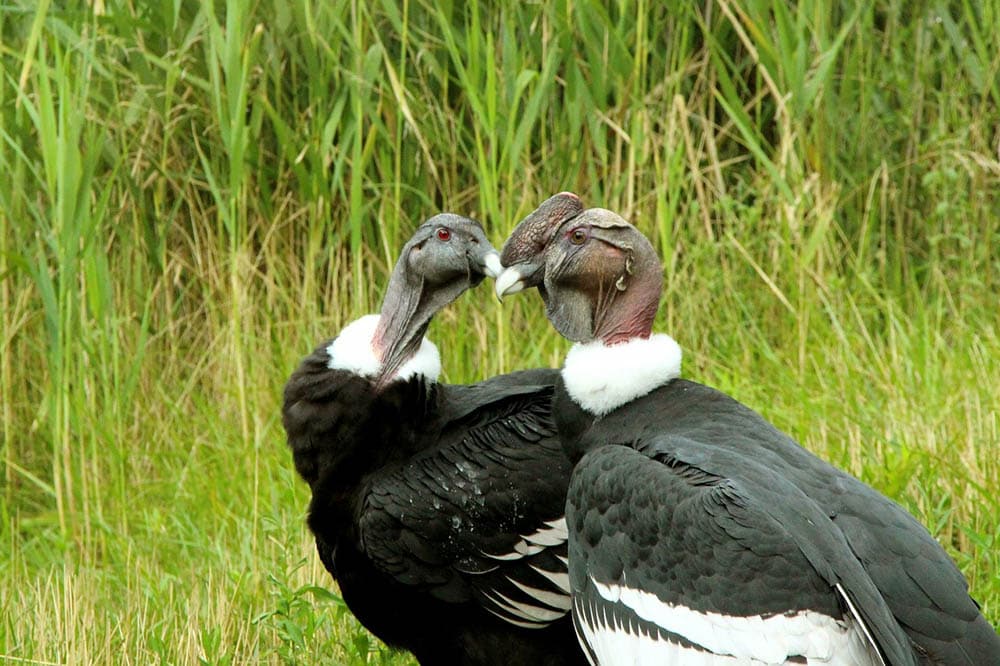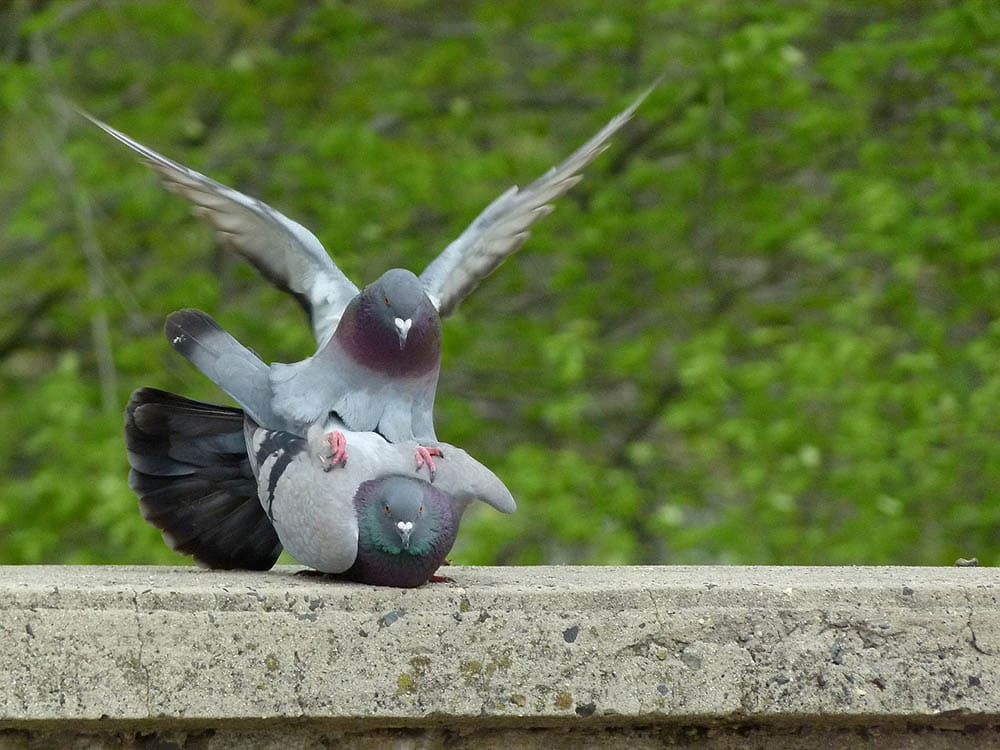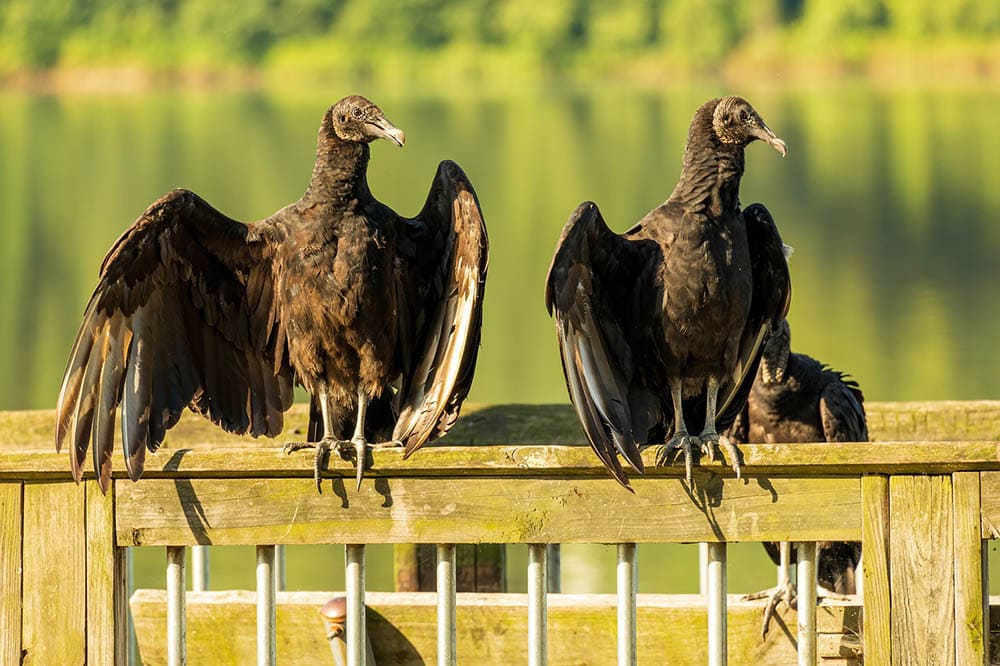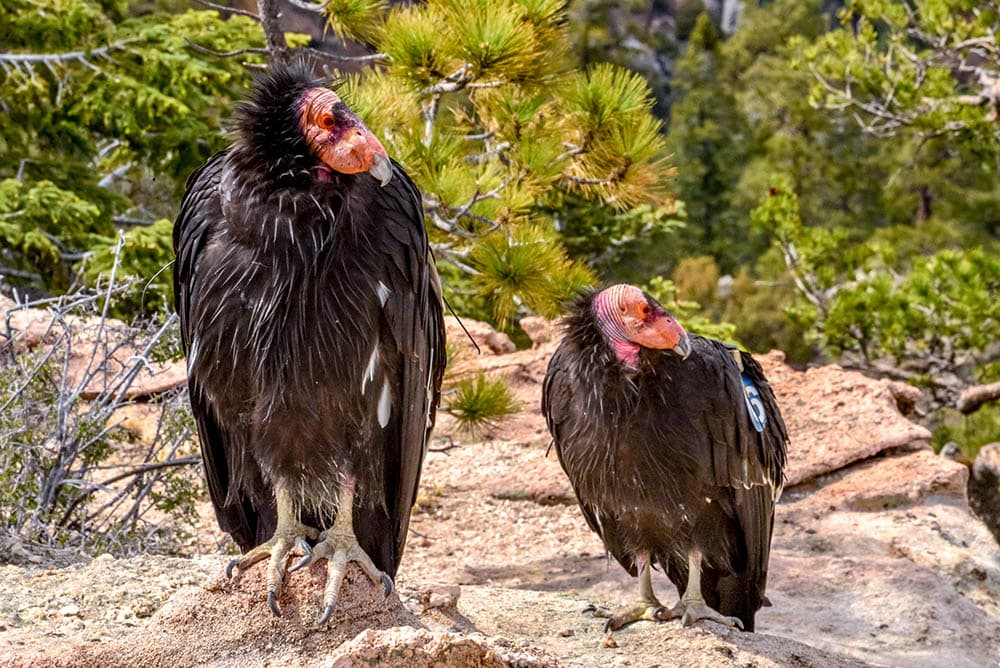Do Birds Mate for Life? How Do Species Differ?
Last Updated on

The idea that two animals would mate for the rest of their lives sort of sounds like an urban myth, and it is one of the most common bird questions that gets asked. Of course, the answer depends on how you define the words “mating” and “life.”
Birds are not animals that form deep emotional relationships like we humans do. Instead, their main drive comes from developing a bond with another bird to produce offspring more than it comes from emotional fulfillment. When it comes down to it, the odds of producing offspring that survive are much higher when paired with a strong and healthy mate. This is why you often see so many different versions of courtship rituals between different bird species.
Once a bird has found a suitable mate, they copulate to produce eggs. This mating session could possibly lead to a longer attachment between the two. Most of the world’s bird species are polygamous, meaning they mate with several partners during a single nesting season to spread their genes to as many eggs as physically possible. However, there are a few that have more monogamous relationships.

The Different Lengths of Mating Bonds
The amount of time that a pair of birds are bonded depends on the species they come from. Some bonds only last through copulation, some last through nesting and raising their young, and some last a lifetime.
The birds that form long-term bonds could remain together for several breeding seasons. Often, lifetime bonds end once one of the birds has passed away. After this, most birds try to seek out a new bird to mate with. It is much rarer to find pairs that only take one mate for an entire lifetime.

The Benefits of Long-Term Bonds
These long-term relationships between birds have formed because there are evolutionary advantages to them.
Larger Territory
When you have two birds that mate for several seasons in a row, they are more likely to require larger territories. If they were to find and attract a new mate every season, they wouldn’t be able to defend such a large amount of land on their own. This is even more true for birds of prey that must travel large ranges to find food.
Longer Care for Young
Bigger bird species often require extended periods of incubation to form inside the eggs. Once they hatch, there is even more care involved in teaching and feeding them. With long-term bonds between parents, they can mate earlier in the season and give their babies plenty of time to fully develop before any harsh weather sets in or they have to migrate.
Multiple Broods
Birds with longer bonds are often able to create more broods than those who change mates. Making broods quicker comes in handy if a previous one gets wiped out from weather, predators, or other unfortunate circumstances.

The 7 Common Birds that Mate for Life
1. Black Vulture

The Black Vulture is unique in that the parents do not build a nest. Instead, they lay their eggs on the ground or inside hollow cavities in the wild. Black Vultures stick together. The male often chases a female through the air and occasionally dives at her during the mating ritual. Their bonds are so strong that they often spend time together throughout the entire year and not just during the breeding season.
2. Laysan Albatross

The Laysan Albatross are late bloomers that don’t breed until they are around eight or nine years old. These are monogamous birds that solidify their bonds through ritual dancing. If they do happen to lose their mate, they often wait a year or two to mourn before searching for another mate.
3. Bald Eagle

It might make you even more patriotic to know that the Bald Eagle is one of the few bird species to mate for life. That is, of course, unless one of them dies. Their ritual involves them interlocking talons and spinning through the air before they break apart at the last minute.
4. Mute Swan

Swans are incredibly territorial and not birds to mess with when it comes to their babies. These swans tend to stay together for life, with fewer than 3 percent of mates splitting up during their lifetime. They do mate again when their partner dies, but the males tend to wait longer to find someone else.
5. Scarlet Macaws

As birds that can live 75 years in captivity or 50 years in the wild, it is impressive that they spend their lives together. These birds reach sexual maturity when they are between three and four years old. They also won’t raise any new chicks until their previous ones are completely independent.
6. California Condor

California Condors are highly endangered animals. They only reach sexual maturity between six and eight years old. Once they find a mate, they state together for years and sometimes for life.
7. Atlantic Puffin

These small birds have a unique look and bright-colored beak that they rub together for their mating ritual. They don’t’ breed until they are between three and six years old, but once they do, they return to the same burrow for every future mating season. These partners share time incubating eggs and performing other important parenting duties.

Conclusion
It’s amazing to think about all the different types of relationships in the world. Of course, it’s no secret that most animals prefer to mate with as many suitors as possible, but it is still comforting to know that there are animals out there that try to stick together for life as humans do. While they may not be forming deep emotional connections as we do, they have learned that spending their lives with a single mate has many benefits that outweigh having to find a new mate each year.
Featured Image Credit: Pixabay
About the Author Hallie Roddy
Hallie is a proud nature and animal enthusiast and has been for as long as she can remember. She attributes her passion for the environment and all its creatures to her childhood when she was showing horses on weekends and spending her weeknights devoting her attention to her pets. When Hallie isn’t using her degree in English with a writing specialization to spread informative knowledge on pets and animals, you can find her snuggled up on the couch reading books or watching nature documentaries with her own pets.
Related Articles:
How to Collimate Binoculars: 9 Expert Tips
How to Clean a Refractor Telescope: Step-by-Step Guide
How to Clean a Telescope Eyepiece: Step-by-Step Guide
How to Clean a Rifle Scope: 8 Expert Tips
Monocular vs Telescope: Differences Explained (With Pictures)
What Is a Monocular Used For? 8 Common Functions
How to Clean a Telescope Mirror: 8 Expert Tips
Brightfield vs Phase Contrast Microscopy: The Differences Explained
